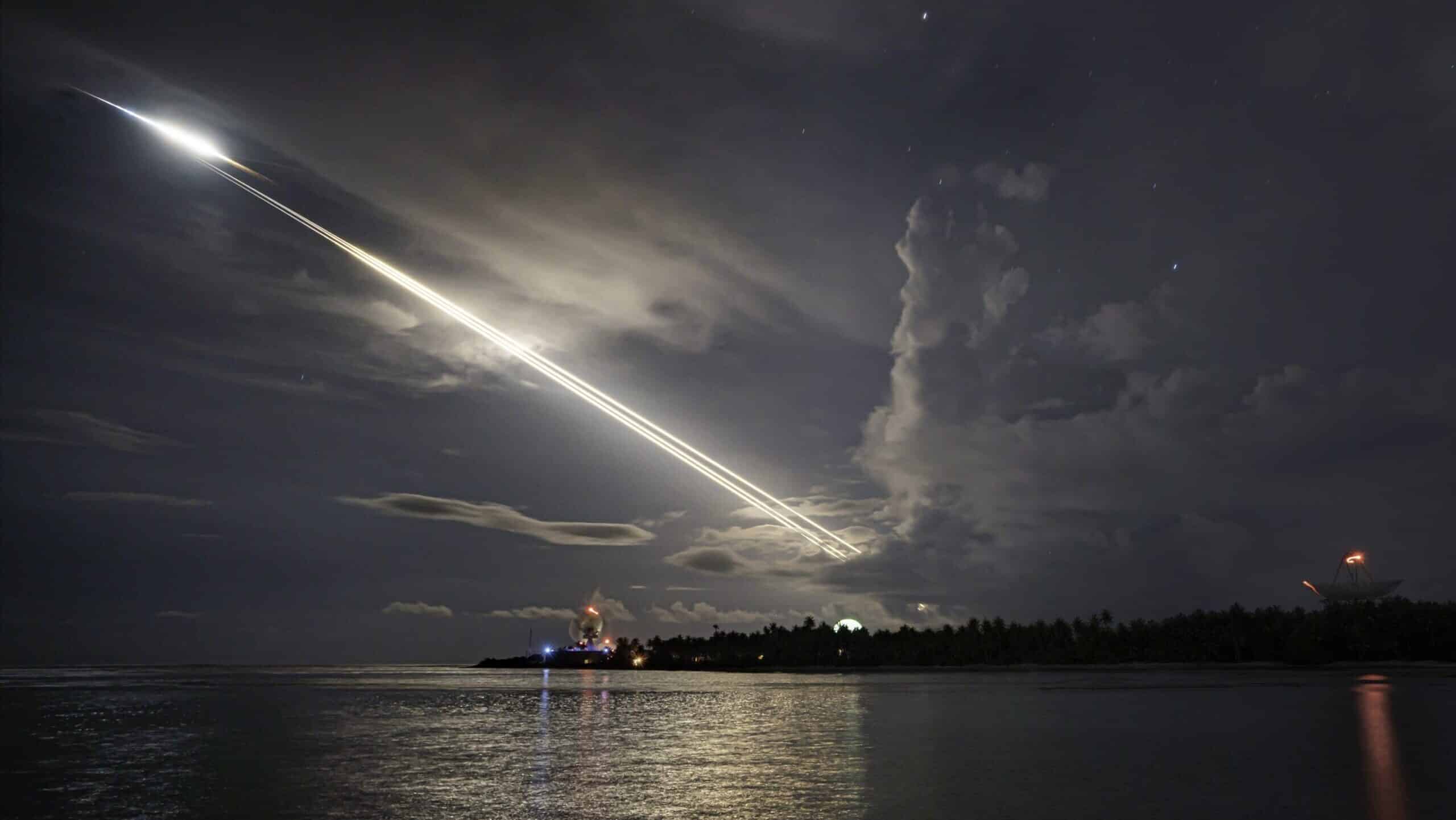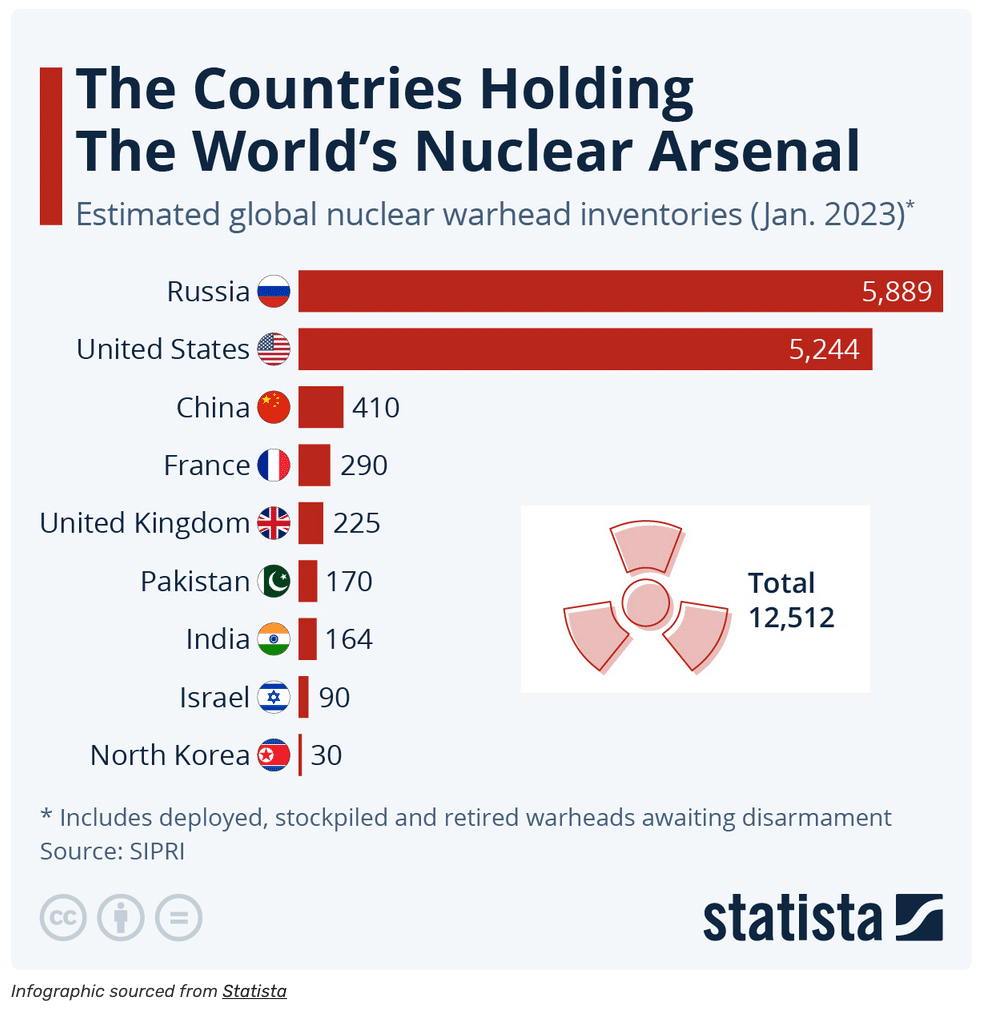
These recently cleared photos of the reentry of an unarmed Minuteman III ICBM, sent by the team at the U.S. Army Space and Missile Defense Command (SMDC) Ronald Reagan Ballistic Missile Defense Test Site demonstrate the accuracy of the unarmed ICBM test launch earlier this month, 2,300 miles west-southwest of Hawaii on Kwajalein Atoll, in the Republic of the Marshall Islands. Each test launch reiterates the safe, secure, and effective capability of the land-based leg of the U.S. nuclear triad.
(U.S. Army photo by Amy Hansen)
In Part I, I discussed and critiqued an overview of the new efforts to update the US nuclear arsenal.
Here, we’ll chat (again) about the Sentinel which is the improved replacement for the aging Minuteman III ICBM and it is already in trouble with the schedule sliding to the right and the costs increasing (surprise). The first test flight has slipped from 2025 to 2026. It will continue to slip if history is a judge. The complexity of the Sentinel program has been emphasized by the Secretary of the Air Force, who characterized it as “struggling” with “unknown unknowns.” Acknowledged as one of the most extensive and complex endeavors ever undertaken, the program faces significant hurdles.The Sentinel is the first fully software enable missile unlike the other ICBMs.
The Minuteman III program began in the early 1960s, with the first operational missiles entering service in 1970. At the time, the projected service life of these weapons was just 10 years, meaning the Minuteman III arsenal was slated to be replaced starting in 1980. And here we are looking at a rickety life expansion for the Minuteman III that won’t conceivably be replaced by the Sentinel until the 2030s (maybe).
My forecast: the Sentinel program will be an unmitigated disaster with mission assurance problems plaguing it from manufacturing to deployment that will be late in delivery and costly beyond measure.
That breach mandated that the Air Force and OSD identify the root causes of a program price jump of 37 percent to a new total of over $130 billion and to probe a potential two-year delay to the missile’s planned initial operational capability, previously pegged for 2029.
In the addition, the concurrent development of a new submarine launched ICBM capability is experiencing similar conflicts and delays. The risk of staging this development at the same time risks increasing gaps in coverage for ICBM delivery from the respective modalities.
Highlighting the estimated cost of the Navy’s Columbia submarine program, whose pricetag for 12 subs would be roughly equal to the revised cost of the Sentinel program, the Northrop official argued that Sentinel is a “relatively affordable” piece of the nuclear triad.
https://breakingdefense.com/2024/03/sentinel-icbms-first-flight-test-slips-to-2026-air-force/
Significantly, the program has faced substantial cost overruns, exceeding initial projections by at least 37%. Initially estimated at $118 million per missile in 2020, the acquisition unit cost has now surged to approximately $162 million.
Furthermore, staffing shortages, supply chain disruptions, and software difficulties have been highlighted by the Government Accountability Office. These issues are anticipated to extend the rollout of the program beyond the initially planned 2029 time-frame to a revised estimate between April and June 2030.
The program to replace America’s aging nuclear ICBM arsenal, known as the LGM-35A Sentinel, is already projected to go at least 81 percent over budget, which represents tens of billions of dollars in anticipated cost overruns. Yet, despite the program’s ballooning expenses, the Pentagon has reaffirmed its commitment to the effort, calling its continuation, “essential to national security.”
To many outside of the Defense apparatus, the Sentinel ICBM program may seem unnecessary. After all, the United States already maintains a standing arsenal of more than 400 nuclear-armed Minuteman III ICBMs, each of which can deliver its nuclear payload to targets more than 8,000 miles away, traveling at speeds over Mach 23. These weapons lay in wait, housed in hardened underground silos spanning Wyoming, Montana, and North Dakota, and represent only the land-based portion of America’s traditional nuclear triad.
***
While the Air Force’s 2014 [Rand] analysis concluded that modernizing the Minuteman III would cost just as much as replacing them, the Rand study presciently argued that a replacement ballistic missile system “will likely cost almost twice (and perhaps even three times) as much as incremental modernization and sustainment of the MM III system.”
***
As part of ensuring the land-based leg of the nuclear triad is ready and capable of responding to attack, the United States usually conducts four to five ICBM test launches per year. If the U.S. continued this pace of testing, it would run out of extra weapons to launch by 2035, forcing it to either halt test launches indefinitely or start shaving operational weapons off the inventory to be used for these tests.
https://www.sandboxx.us/news/everything-you-need-to-know-about-americas-struggle-to-replace-its-aging-icbm-arsenal/
And those test launches are neither cheap nor efficient.
The nuclear weapons landscape on Earth right now:
Email me at cgpodcast@pm.me.






























